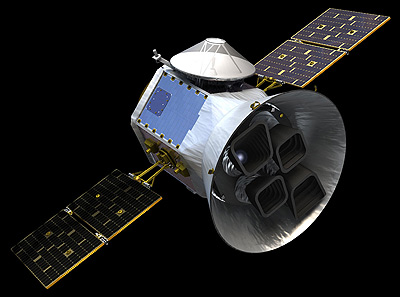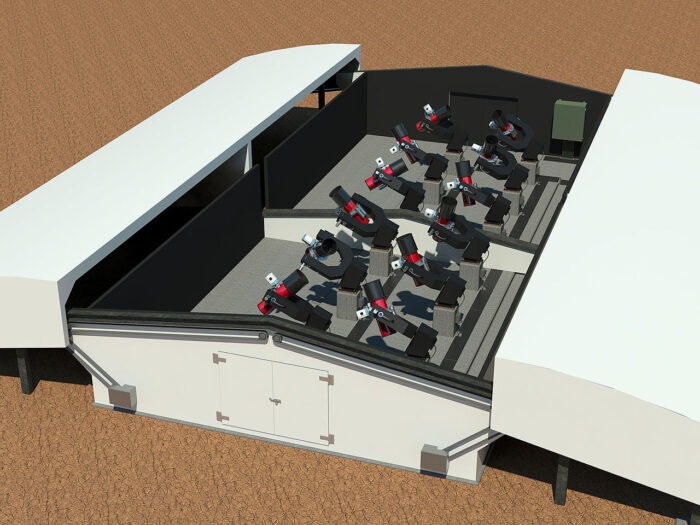How it all started
It all started 14 billion years ago with the bigbang.
When the universe was born it had only protons, neutrons and electrons. That was it, nothing more than that. Not something to be very exciting about. ( you found out about those things in science class ). But neuclear fusion happened. And that makes things stick together. It combined proton with neutron and bound together to form deuterium in the first step. What will happen in the next step?
After the first step deuterium can combine with something else but 90 seconds after the big bang the energy dropped and dropped so far that the reaction stopped. That only left us with 75% hydrogen en 25% helium. And that is still so today. We have a universe with 75% of hydrogen and 25% of helium.
So the big bang didn’t bring us the elements needed for life. But yet, here we are, so where do these important elements come from? The elements needed for life come from the stars and will be set free when they explode.
A star is a big bowl of gas, with inner core nuclear fusion burning hydrogen to helium or havier elements. A star is born out of giant molecular glouds of gas. Over time gravity begins to collaps these glouds and it heats up when collapsing. When the temperature is high enough nuclear fusion will ignite allowing hydrogen to fuse into helium. This is the birth of a star.
Brown stars are small stars just big enough to ignite nuclear fusion ( mass is 8% of our sun). They can live for tens of billions of years.
As our sun begins to die its core will contract to heat up to fuse helium into heavier elements and its outer layer will expand to the first 3 planets. The sun will continue to fuse heavier and heavier elements. When it reaches iron it will begin to die because iron is an element you cannot fuse to get an element out of. So nuclear fusion stops. The outer layer will move away and we get a nebula with in the center the core of the sun called a white dwarf.
Higher mass stars live only for a 10 million years. When the reach iron the nuclear fusion begins to shut off. Then the gravity wil win sending the outer layers of the star crashing down into its core. This will be the start of a supernova explosion. The hign mass stars leave behind neutron stars and blackholes.
With the explosion of the star at the end of its life all these elements are released into space.
About research:
My specialty is astrophysics, astrobiology and paleontology. The research I did in the past was about ice ages on our planet Earth. That was in the period before the existing of internet. You can almost not imagine how we managed in those days, but we did. Now my main focus when it comes to research is the past mass extinctions on our planet and the search for exoplanets.
Two very different topics it seems at first but to me there is a connection. That connection is life, the possibilities of life and habitability of a planet. what a planet makes it habitable.
For the search for exoplanets I work with data from TESS and NGTS. By the way those searching for exoplanets are also called planet hunters. So when people ask me what I do I tell them I hunt planets. That’s always a nice start of a conversation.
TESS is the Transiting Exoplanet Survey Satellite. It is providing us with a huge amount of data that let us look for planets outside of our solar system, including planets that could support life.

NGTS, the Next Generation Transit Survey is a ground based search for exoplanets. The facility is located at Paranal Observatory in the Atacama desert in northern Chile.

The research about the past mass extinctions on Earth is more in the field of paleontology. Study and discover the causes, try to understand.

